Introduction
Have you ever wondered how artificial intelligence (AI) can enhance the learning and creativity of your students? If you’re like most teachers, you probably have some questions and concerns about this emerging technology and its impact on education.
You might be curious about how AI works, what it can do, and how you can use it in your classroom. Or you might be worried about the ethical and social implications of AI and how to balance it with human input and guidance.
In this blog post, we’ll explore the concept of AI in creative learning and how it is revolutionizing the way students learn and express their creativity. We’ll also discuss the benefits and challenges of AI in education and how you can prepare yourself and your students for an AI-integrated classroom.
By the end of this post, you’ll have a better understanding of AI and its role in fostering creativity among students, and you’ll be inspired to embrace AI as a tool for creative learning.
The Evolution of Creative Learning
Creative learning is not a new concept in education. Numerous educational theorists and practitioners throughout history have backed it, including John Dewey, Jean Piaget, Lev Vygotsky, and Paulo Freire.
These thinkers emphasized the importance of fostering students’ curiosity, imagination, and agency in the learning process, as well as the social and cultural dimensions of creativity.
However, the integration of technology in education has brought new opportunities and challenges for creative learning.
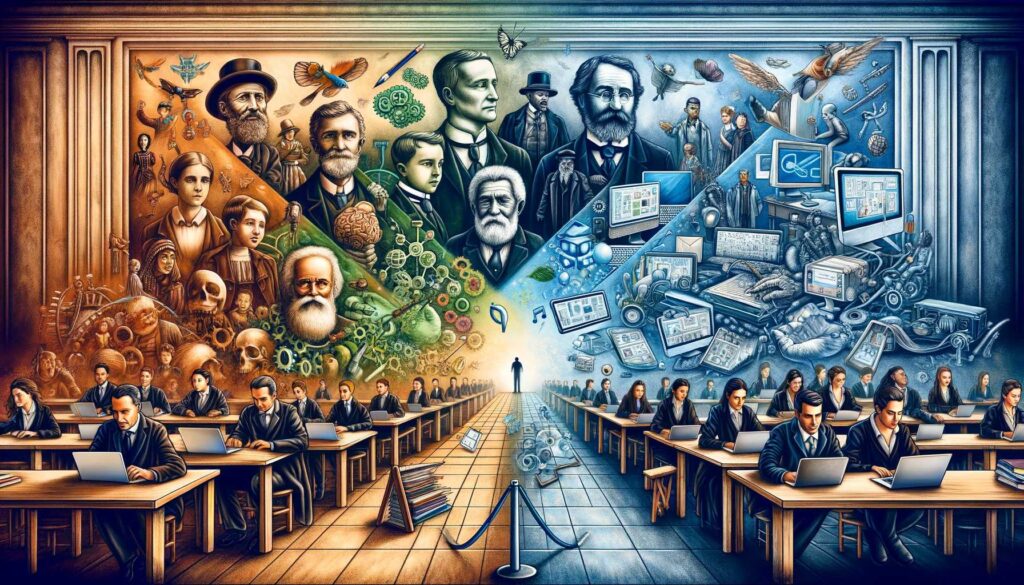
Technology can enhance creative learning by providing access to diverse and rich sources of information, enabling collaboration and communication across boundaries, and supporting the development of digital skills and literacies.
Technology can also pose barriers to creative learning, such as distraction, information overload, and the digital divide.
Therefore, it is essential to understand how technology can be used effectively and ethically to promote creative learning in education.
Understanding AI in the Educational Sphere
What is AI, and why does it matter for education? Artificial intelligence (AI) is the branch of computer science that deals with creating machines or systems that can perform tasks that normally require human intelligence, such as reasoning, learning, decision-making, and natural language processing.
AI has many applications in various domains, including education. AI in education refers to the use of AI technologies to enhance learning outcomes, support teachers, and optimize educational processes.
Some of the benefits of AI in education are:
- AI can help students learn at their own pace, provide personalized feedback and guidance, and offer interactive and engaging learning experiences.
- AI can assist teachers in designing and delivering effective instruction, assessing student progress, and providing professional development.
- AI can improve educational administration by automating tasks, streamlining workflows, and providing data-driven insights.
However, AI in education also comes with some challenges and considerations, such as ethical, social, and technical issues.
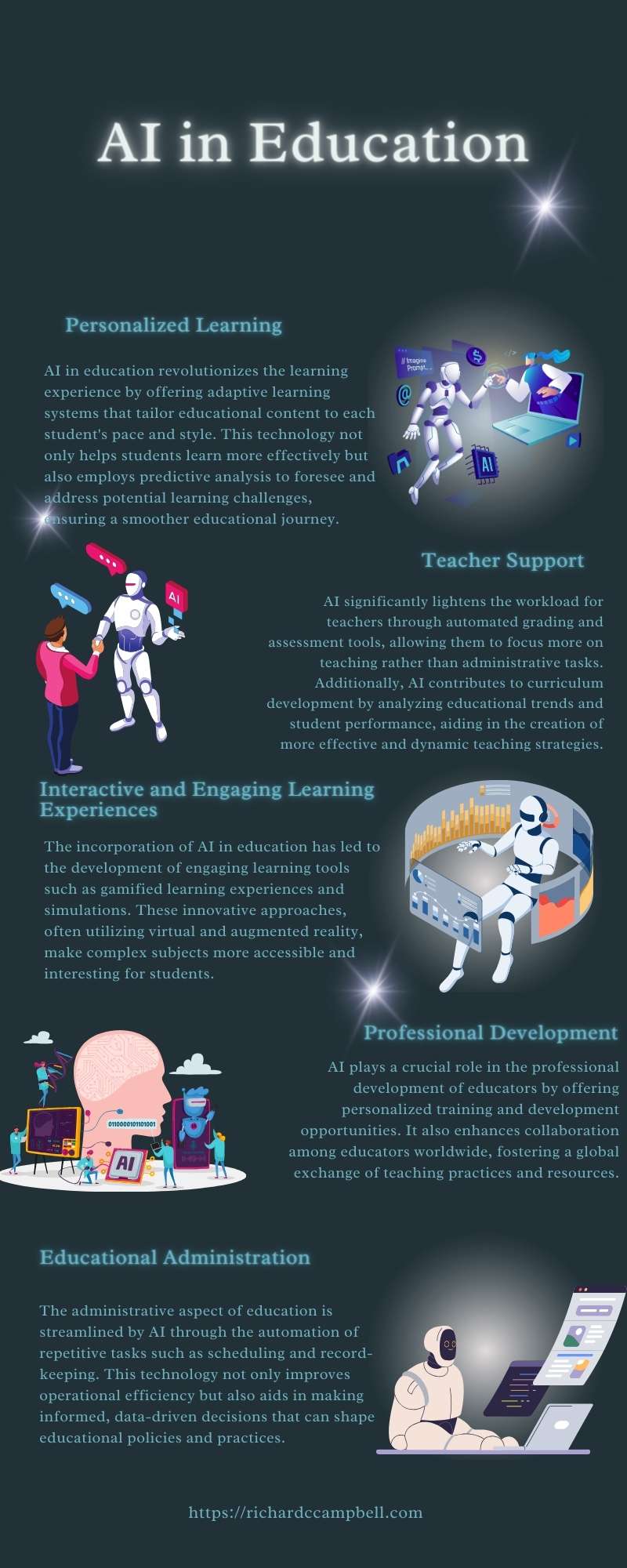
Therefore, it is essential to understand how AI can be used effectively and ethically to promote creative learning in education.
To illustrate how AI can enhance creative learning, let’s look at some examples of AI tools currently used in schools:
Microsoft Copilot
Microsoft Copilot is an AI assistant that helps you with various tasks across the Microsoft Cloud. You can chat with Copilot to get smarter, more personalized answers, power your productivity, unlock your creativity, and supercharge your experiences. Copilot is designed to boost efficiency, improve student outcomes, and foster a collaborative environment.
ChatGPT
ChatGPT is an AI-powered chatbot that can talk to you about anything you want. You can ask ChatGPT questions, get creative ideas, learn new things, and have fun conversations. ChatGPT can also see, hear, and speak, so you can show it images, use voice commands, and create new images with it. ChatGPT is a great tool for exploring the possibilities of AI and language
Google Bard
Bard is a chatbot that can talk to you and help you with different tasks. You can use Bard to learn new things, get creative ideas, and have fun conversations. Bard can also find information from the internet and show it to you in a simple way. Bard is powered by a large language model, which is a type of AI that can understand and generate natural language. Bard is an experimental service that you can try for free and give feedback to Google
These are just some of the examples of how AI can spark creativity in the classroom. In the next section, we’ll discuss how AI is fostering creativity among students and present some case studies or examples where AI has aided in creative projects.
AI’s Role in Enhancing Creativity among Students
Now that we have understood what AI is and how it is used in education, let’s see how it can foster creativity among students. Creativity is often defined as the ability to produce novel and useful ideas or products.
In this section, we will focus on two main aspects of how AI can foster creativity: AI as a source of inspiration and AI as a medium of expression.
AI as a Source of Inspiration
AI can provide students with new sources of inspiration by generating original and diverse content based on their inputs or preferences.
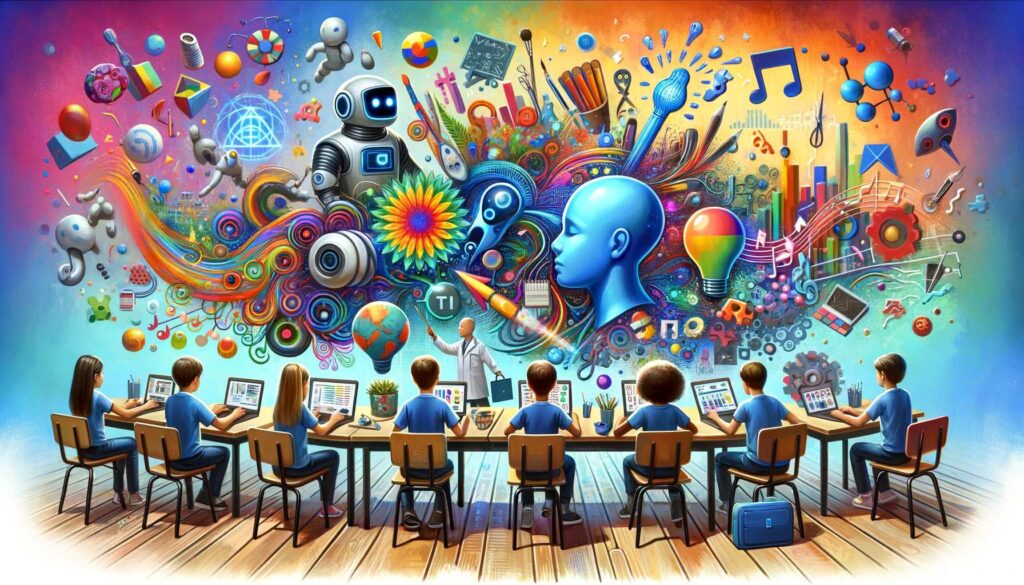
For example, AI can generate stories, poems, or songs based on a given prompt or theme or suggest code snippets based on natural language queries or existing code.
AI can also help students explore different perspectives and scenarios by creating realistic and coherent conversations on various topics, such as history, science, or literature.
AI as a Medium of Expression
AI can also enable students to express their creativity in various forms and domains, such as art, music, literature, science, and engineering. AI can help students create novel and useful products or solutions by combining different AI technologies, such as computer vision, natural language processing, speech synthesis, and machine learning.
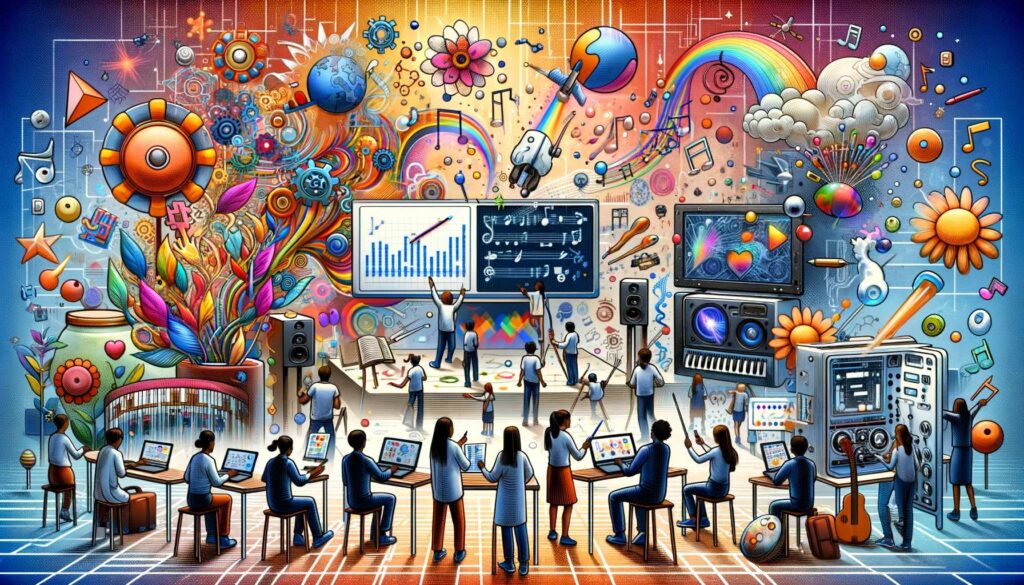
AI can also help students showcase their creativity to a wider audience by facilitating collaboration and communication across boundaries. These AI tools can empower students to express their ideas and emotions and to make an impact on the world.
To illustrate how AI can enable students to express their creativity, let’s look at some case studies or examples where AI has aided in creative projects:
AI Artathon
This was a global competition that challenged participants to create artwork using AI technologies. The competition aimed to promote the fusion of art and AI and showcase the creative potential of AI.
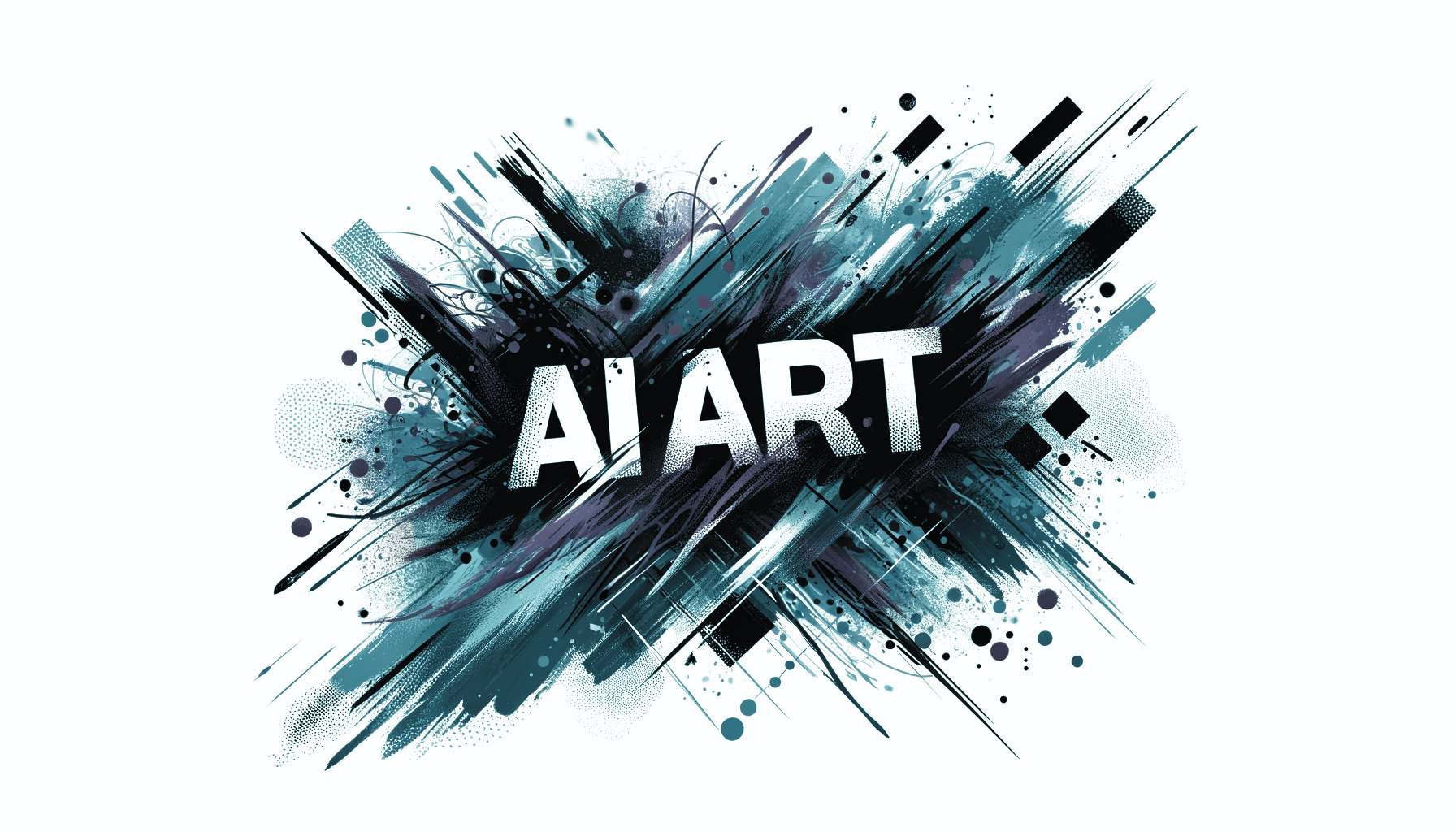
The participants used various AI tools, such as GANs, style transfer, and natural language generation, to create artworks that reflected their cultural, social, and personal identities. The competition resulted in more than 2,000 artworks from 66 countries, covering various themes such as nature, heritage, emotions, and futuristic visions.
Students may be encouraged to experiment with various AI tools and artistic styles by using this example to teach them about the ideas and methods of AI art.
AI Song Contest
This was an online event that invited musicians, composers, and AI enthusiasts to create songs using AI technologies. The event aimed to explore the creative possibilities of AI in music and to challenge conventional notions of musical authorship and originality.
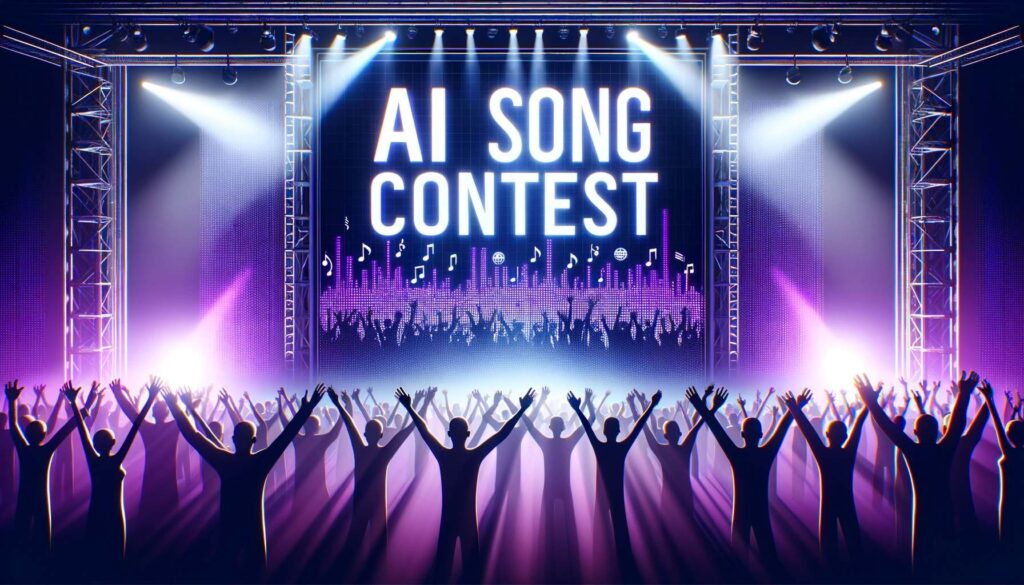
The participants used various AI tools, such as neural networks, Markov chains, and evolutionary algorithms, to generate melodies, lyrics, chords, and rhythms. The event featured 38 songs from 13 countries, spanning various genres such as pop, rock, folk, and electro.
Teaching students about the ideas and methods behind AI music and inspiring them to make their own songs with AI tools is possible by using this example. I highly recommend the tool Suno AI. Students can create their own lyrics and the AI tool will produce the song with vocals.
AI Dungeon
This is an online game that allows players to create and explore their own stories using AI technologies. The game uses a natural language generation model called GPT-3 to generate text-based scenarios and responses based on the players’ inputs.
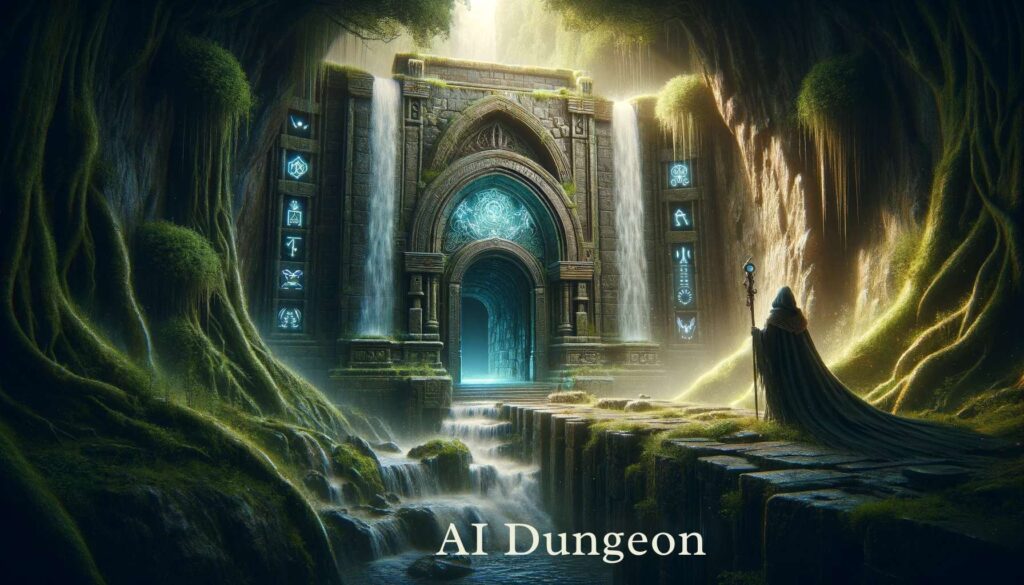
The game aims to provide players with an immersive and interactive storytelling experience where they can unleash their imagination and creativity. The game offers various genres, such as fantasy, mystery, horror, and sci-fi, and allows players to customize their stories with their own characters, settings, and events.
You can use this example to teach students about the ideas and methods behind AI storytelling and to get them interested in using AI tools to improve their reading and writing.
These are some of the ways that AI can foster creativity among students. In the next section, we will discuss the benefits of AI in creative learning.
Benefits of AI in Creative Learning
AI in creative learning has many benefits for students, teachers, and society. Some of the main benefits are:
Improved personalized learning experiences:
AI can tailor the learning content, pace, and style to each student’s needs, preferences, and goals, making the learning process more effective and enjoyable.
Duolingo is an AI-powered language-learning app that adapts to the learner’s level and provides personalized feedback and guidance.
Enhanced collaborative opportunities
AI can facilitate collaboration among students and teachers, both locally and globally, by providing communication, feedback, and sharing tools, as well as creating diverse and inclusive learning communities.
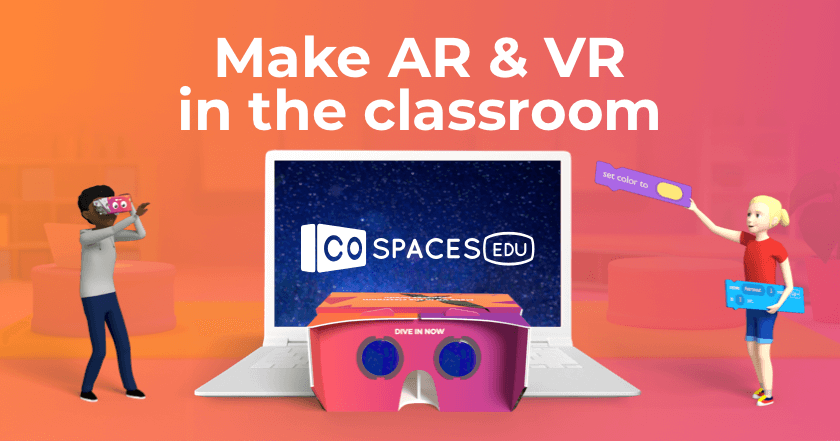
For example, CoSpaces Edu is an AI-enabled platform that allows students to create and explore virtual reality environments and collaborate with others in real-time.
Accessibility and inclusion in creative endeavors
AI can make creative learning more accessible and inclusive for students with different abilities, backgrounds, and resources by providing adaptive and assistive technologies, such as speech recognition, text-to-speech, translation, and captioning.
Quill is an AI-based writing tool that helps students improve their writing skills and provides support for students with dyslexia and other learning difficulties.
These benefits show how AI can enhance the quality and diversity of creative learning experiences for students and teachers. However, AI also poses some challenges and considerations that need to be addressed.
Challenges and Considerations
AI in creative learning is not without challenges and considerations. Some of the main issues are:
Quality and reliability
How can we ensure that the AI tools we use for creative learning are accurate, reliable, and trustworthy? How can we evaluate the quality and originality of the creative outputs generated by AI?
Deepfakes are AI-generated images or videos that can manipulate or impersonate real people or events, raising concerns about authenticity and credibility.
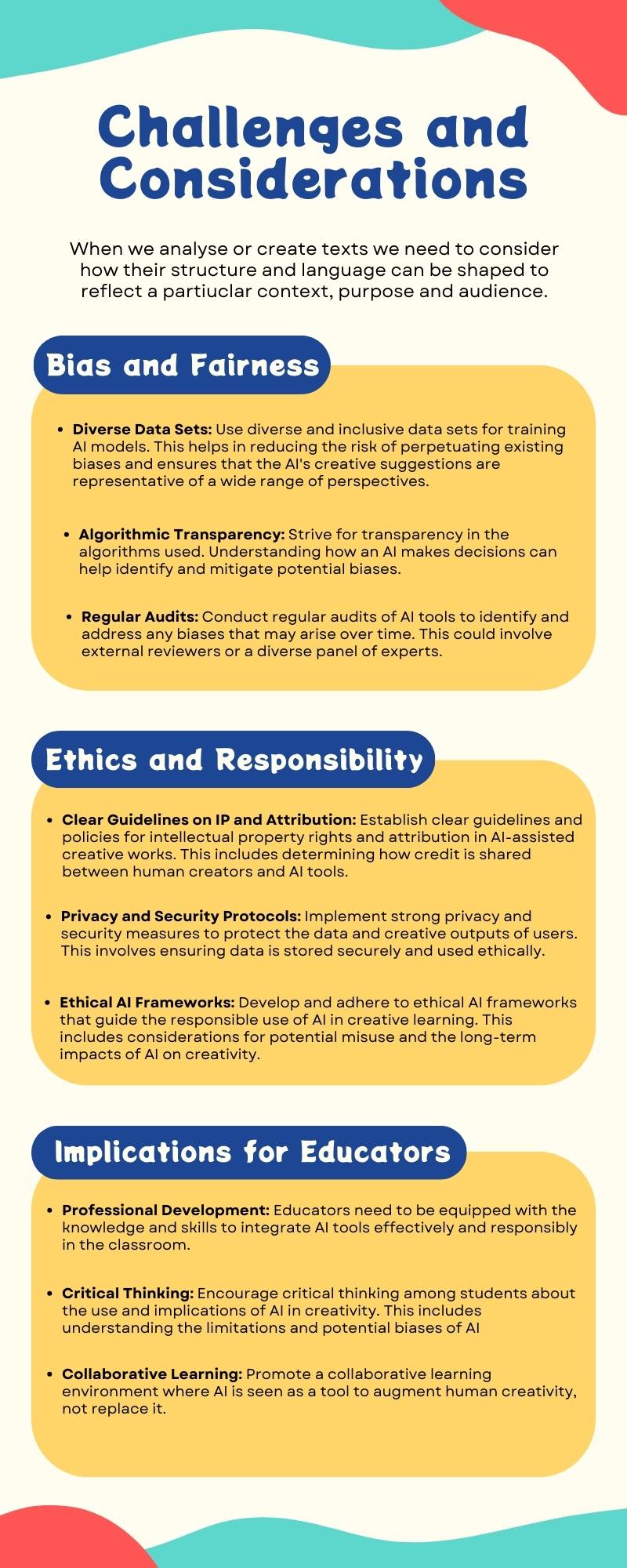
Bias and fairness
How can we avoid or mitigate the bias and discrimination that may arise from the data and algorithms used by AI? How can we ensure that the AI tools we use for creative learning are fair and inclusive for all students and teachers?
For example, AI art is a form of creative expression that uses AI to generate or modify artworks, but it may also reflect the biases or preferences of the AI developers or users.
Ethics and responsibility
How can we respect and protect the intellectual property, privacy, and security of the creators and users of AI? How can we foster ethical and responsible use of AI for creative learning?
For example, AI as a co-creator is a scenario where AI and humans collaborate to produce creative outputs, but it may also raise questions about the ownership, attribution, and accountability of the resulting works.
These challenges and considerations highlight the need for a critical and ethical approach to using AI for creative learning. They also imply the need for educators to prepare for an AI-integrated classroom.
Preparing Educators for an AI-Integrated Classroom
To prepare educators for an AI-integrated classroom, they need to acquire the knowledge, skills, and attitudes necessary to use AI as a tool for creative learning. Some of the key competencies are
AI literacy
Educators need to understand the basic concepts and principles of AI, such as how it works, what it can and cannot do, and what its benefits and limitations are.
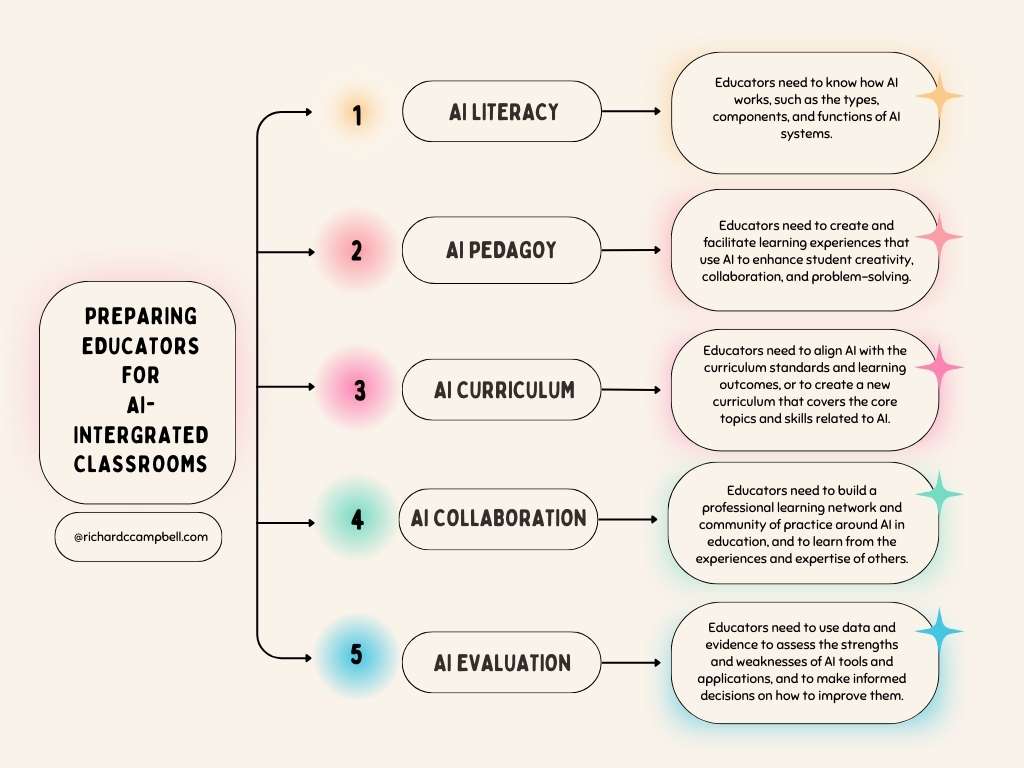
AI pedagogy
Educators need to design and implement effective and engaging learning activities that use AI to enhance student creativity, collaboration, and problem-solving.
AI curriculum
Educators need to integrate AI into the existing curriculum or develop a new curriculum that covers the core topics and skills related to AI, such as data, algorithms, ethics, and applications.
These competencies can help educators use AI as a tool for creative learning rather than as a replacement or a threat. They can also help educators prepare students for the future of AI in creative learning.
The Future of AI in Creative Learning
The future of AI in creative learning is full of opportunities and challenges. Some of the possible and desirable scenarios are:
AI as a co-creator
AI as a co-creator AI is not only a tool, but also a partner in the creative process. With AI, you can generate novel and diverse outputs, such as music, art, or stories, that can spark your imagination and enhance your own creativity. In this section, we will introduce some of the ways you can co-create with AI using Microsoft Paint Cocreator and other resources.
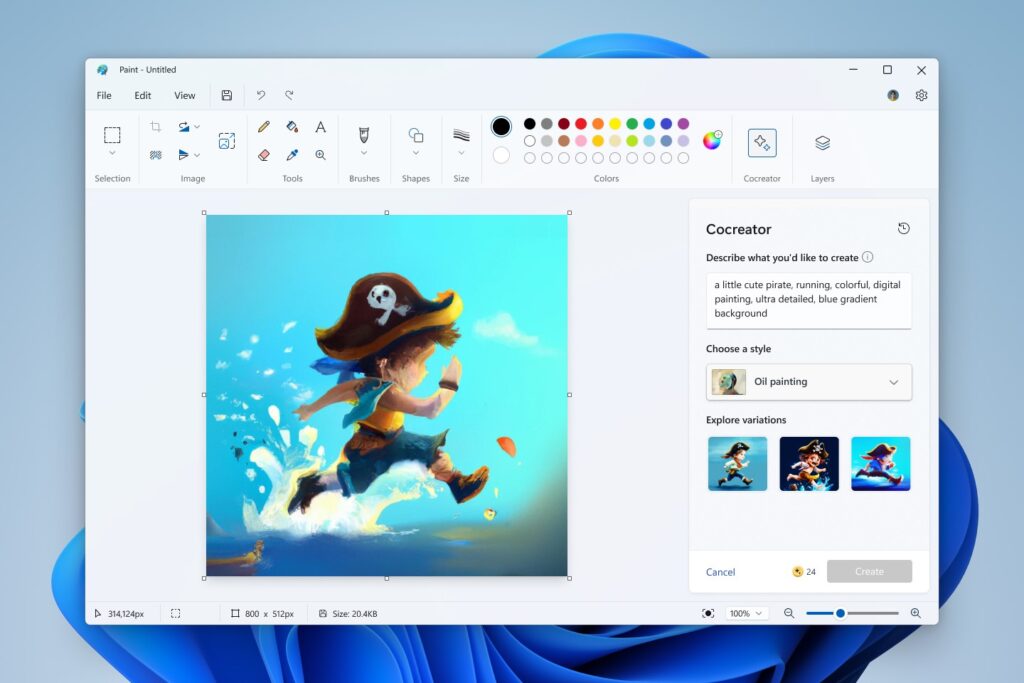
Microsoft Paint Cocreator is a new feature that lets you collaborate with a powerful AI model called DALL-E, which can create amazing artwork from any text description you enter. You can use Paint Cocreator to generate AI art for your blog, website, or social media. To learn how to use Paint Cocreator, you can check out these articles: Use Paint Cocreator to generate AI art and How to create AI images with Cocreator on Paint for Windows 11.
Co-creation with AI is not limited to visual art. You can also use AI to create music, stories, games, and more. For example, you can use OpenAI Jukebox to generate music in different genres and styles, or AI Dungeon to create your own interactive stories with an AI narrator. These AI tools can help you explore new possibilities and express your ideas in different media.
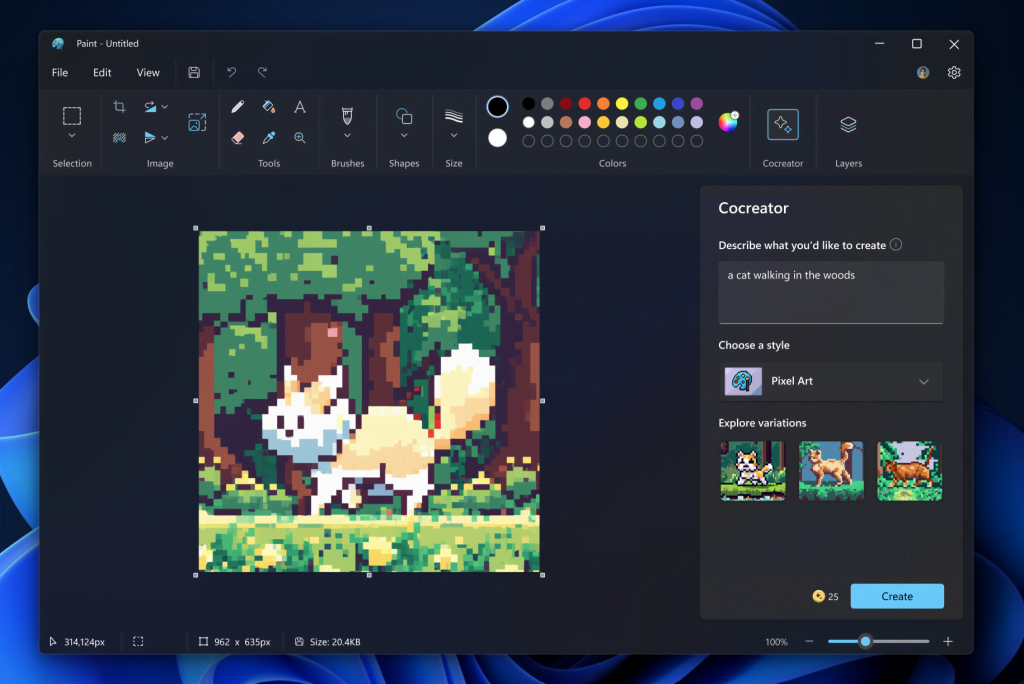
Co-creation with AI can also change the way you work and learn. By using AI tools, you can improve your skills, discover new insights, and collaborate with others. For example, you can use Grammarly to improve your writing, Zapier to automate your tasks, or ChatGPT to chat with an AI assistant. You can also join some of the AI co-creator projects funded by UCL Changemakers, which support students and staff to explore current and emerging AI tools collaboratively.
As you can see, AI is not only a tool, but also a partner in the creative process. By co-creating with AI, you can unleash your potential and have fun along the way. If you want to learn more about co-creation with AI, you can read this article: Are You Ready for the Era of Co-Creation With AI?
AI as a mentor
The section “AI as a Mentor” delves into the emerging role of AI in shaping personalized and adaptive learning experiences.
It explores how AI is revolutionizing the educational landscape, not just as a tool for learning, but as a mentor capable of guiding and supporting students and teachers.
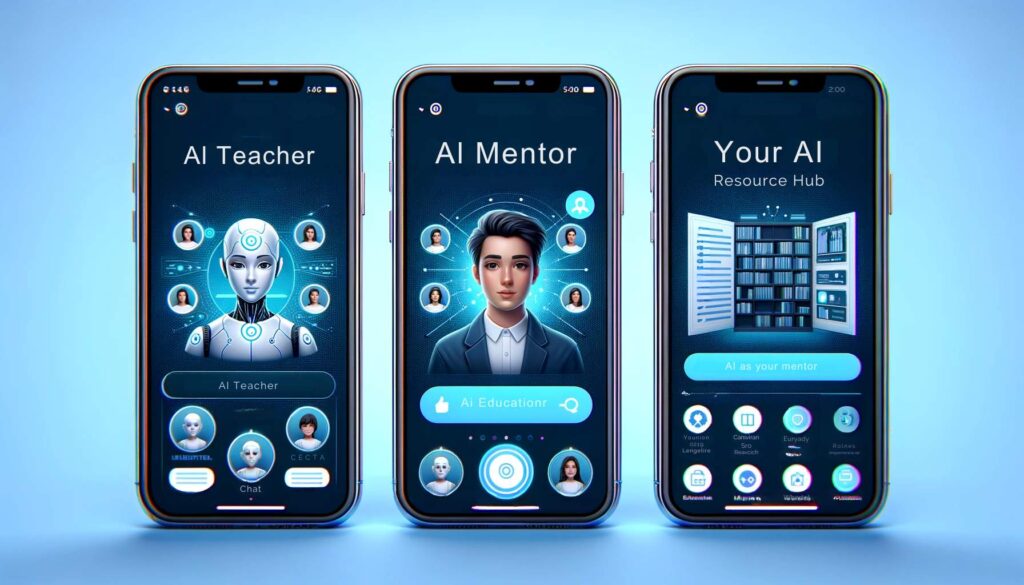
This section provides a curated selection of resources that illustrate the diverse applications of AI in coaching, mentorship, and enhancing the mentor-mentee relationship.
These resources will offer educators valuable insights into the transformative potential of AI in personalizing education and career development.
The advent of artificial intelligence-based coaching
This insightful paper delves into the transformative role of AI in coaching, highlighting how AI tools can enhance career development and boost employee performance. It explores the nuances of AI applications in professional settings, providing educators with a comprehensive understanding of AI’s potential in career coaching.
AI-Based Career Mentoring For The Masses: When People Talk, Innovation Happens
This article introduces ‘Ellen’, an intelligent mentoring app revolutionizing how mentors and mentees connect across an organization. It emphasizes AI’s role in fostering diversity, inclusion, and employee retention, offering educators a glimpse into AI’s potential in organizational development.
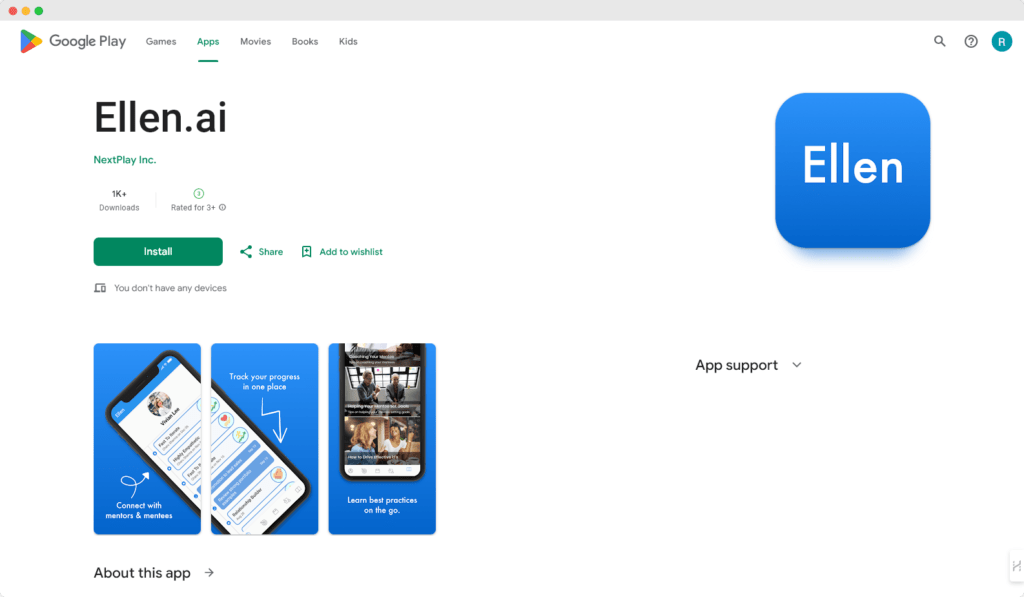
Teaching how to learn: Can AI mentors change education?
Focusing on student learning, this article discusses the role of AI mentors in crafting personalized and interactive learning experiences. It’s a must-read for educators looking to understand how AI can assist in teaching students the crucial skill of learning how to learn.
Human as AI Mentor: Enhanced Human-in-the-loop Reinforcement Learning for Safe and …
This paper introduces a novel concept where human intelligence is used to enhance AI learning. The ‘Human as AI Mentor’ (HAIM) approach outlines how human experts can act as mentors to AI agents, providing valuable insights for educators interested in the symbiosis of human expertise and AI.
Mentor AI – Best AI-Powered Mentorship
Explore Mentor AI, a versatile AI-powered mentorship platform offering personalized guidance across various domains. Its broad coverage includes mental health, fitness, nutrition, and more, demonstrating the multifaceted applications of AI in mentorship.
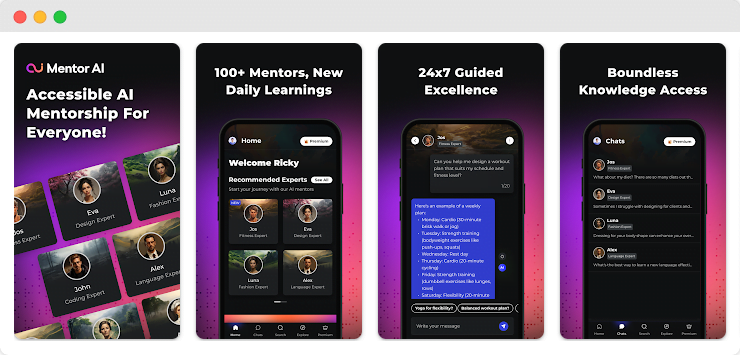
AI as a catalyst
In the “AI as a Catalyst” section, we explore the expansive and transformative role of AI in creative learning and innovation. This section highlights how AI is becoming increasingly accessible and integrated across various educational domains and modalities.
The resources provided here showcase AI’s ability to not only facilitate learning but also to inspire creativity and problem-solving in both traditional and novel contexts.
From enhancing creative processes to applying AI in scientific advancements, these resources will enlighten educators about the limitless possibilities that AI brings to the forefront of education and creative expression.
Catalyst AI
Visit the Catalyst AI webpage, a hub where the latest AI research meets industry needs. This resource is ideal for educators looking to understand how AI can be practically applied in commercial contexts, showcasing real-world AI solutions to business challenges.
AI can catalyze and inhibit your creativity, here is how
An enlightening article examining AI’s dual role in supporting and potentially inhibiting human creativity. It provides educators with a nuanced perspective on how AI can aid in pattern recognition and idea generation, while also cautioning about its potentially distracting nature.
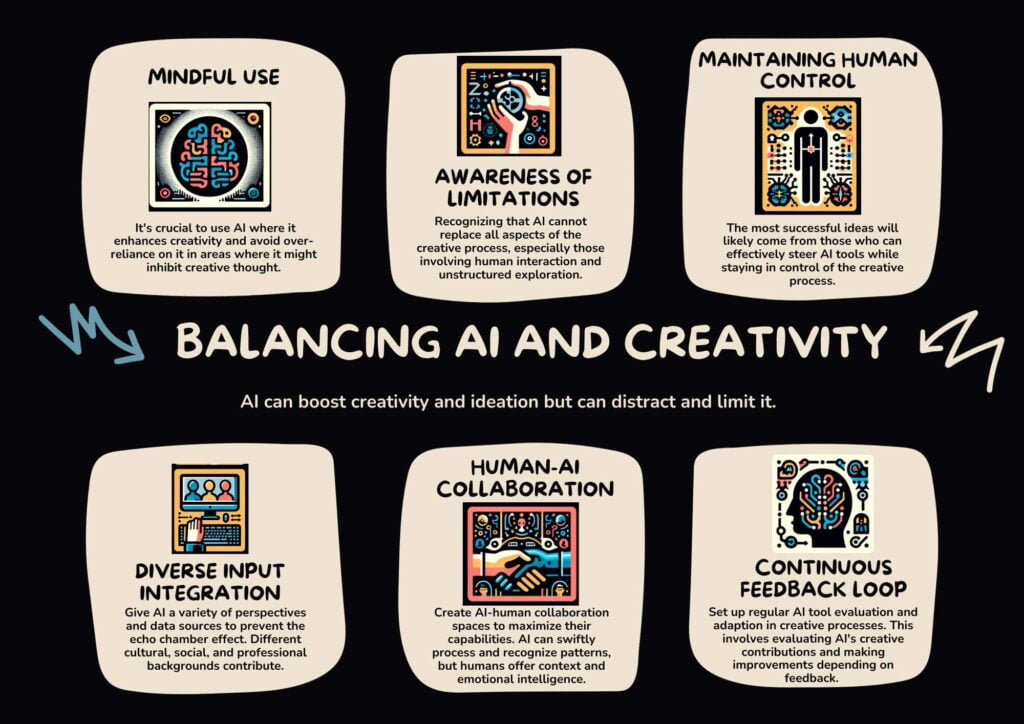
Artificial intelligence pathway search to resolve catalytic glycerol hydrogenolysis …
Dive into this paper presenting AI-Cat, a groundbreaking method combining neural networks and Monte Carlo tree searches to optimize chemical reactions. This resource is particularly relevant for educators in scientific fields, illustrating AI’s application in complex problem-solving like catalytic glycerol hydrogenolysis.
Using AI to develop hydrogen fuel cell catalysts more efficiently and economically
This article reports on an AI-assisted breakthrough in developing efficient hydrogen fuel cell catalysts. It’s an essential read for educators in environmental science and engineering, highlighting AI’s role in achieving significant advancements in renewable energy technologies.
These scenarios show how AI can transform the way we learn and express our creativity. They also show how we can use AI to enhance our human potential and values, rather than diminish or replace them.
Conclusion
In this blog post, I have explored the concept of AI in creative learning and how generative AI is revolutionizing the way students learn and express their creativity. I have also discussed the benefits, challenges, and considerations of using AI for creative learning and how to prepare educators for an AI-integrated classroom.
I have also envisioned some of the possible and desirable futures of AI in creative learning, such as AI as a co-creator, AI as a mentor, and AI as a catalyst.
AI in creative learning is a fascinating and important topic that has many implications for the future of education and society. AI can enhance the quality and diversity of creative learning experiences for students and teachers, as well as foster human potential and values.
However, AI also poses some challenges and considerations that need to be addressed with a critical and ethical approach.
I hope this blog post has inspired you to think about the role of AI in your own creative learning journey and how you can use it to enhance your creativity and learning outcomes.
I encourage you to embrace AI as a tool for creative learning rather than as a replacement or a threat. AI can be your partner, your guide, and your catalyst in your creative endeavors.









Recent Comments